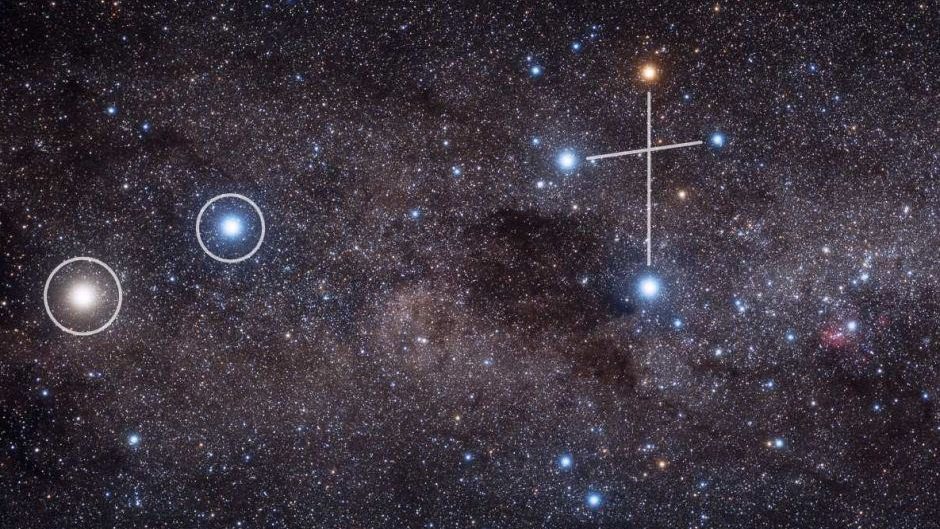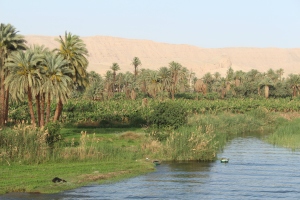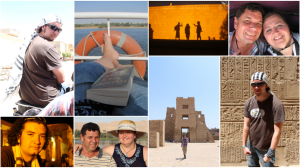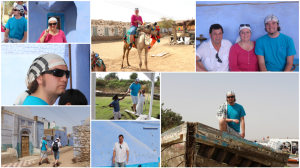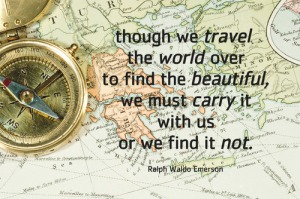
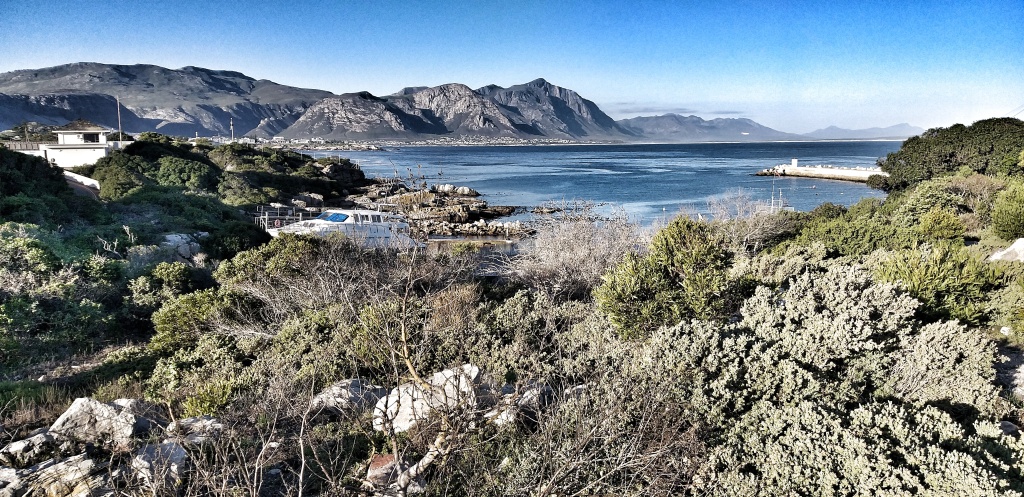
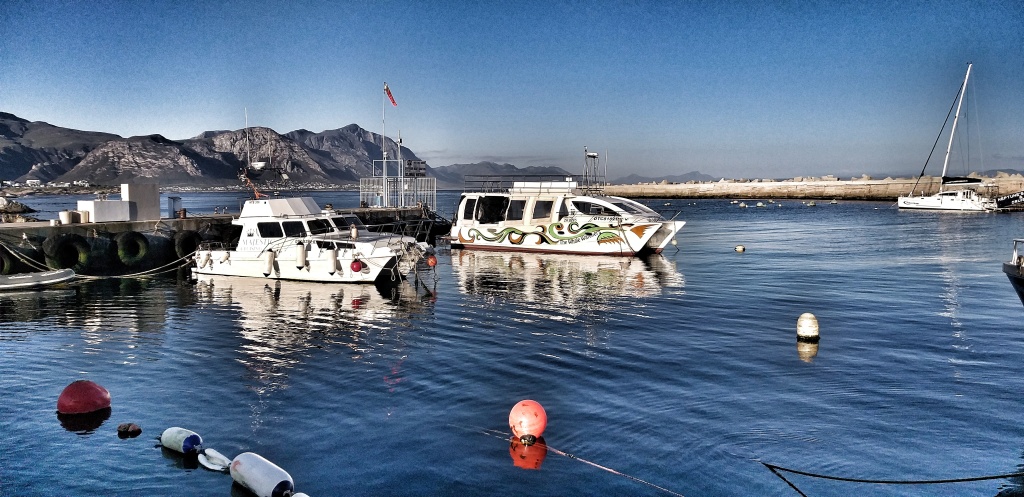
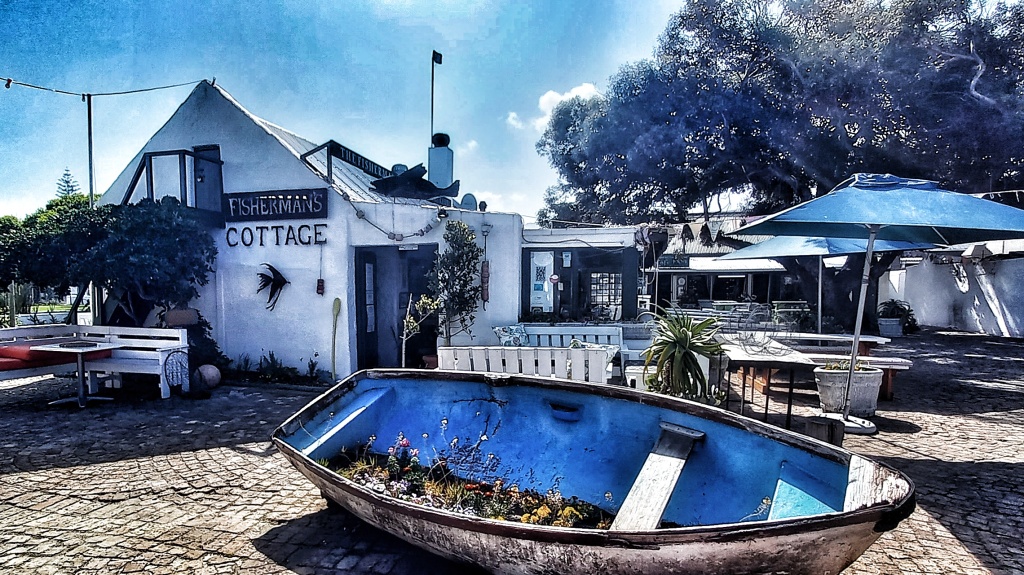
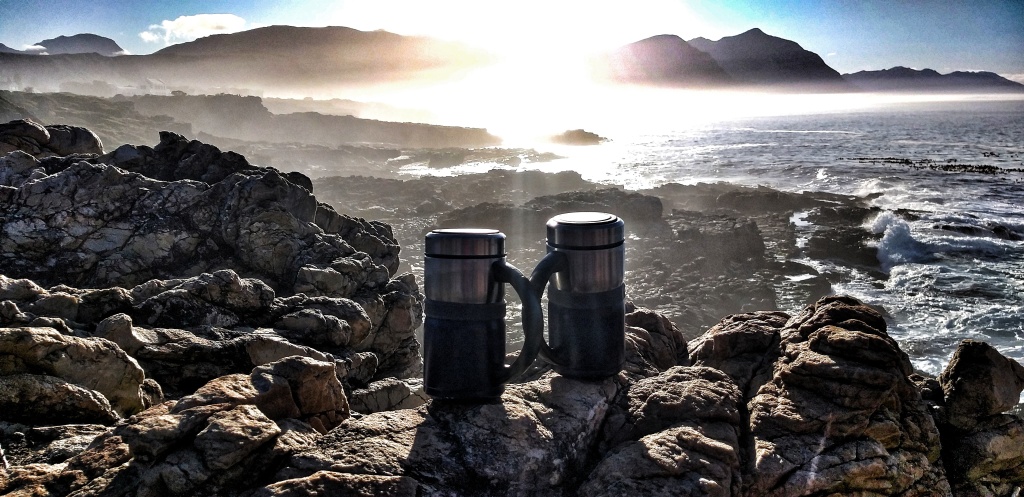
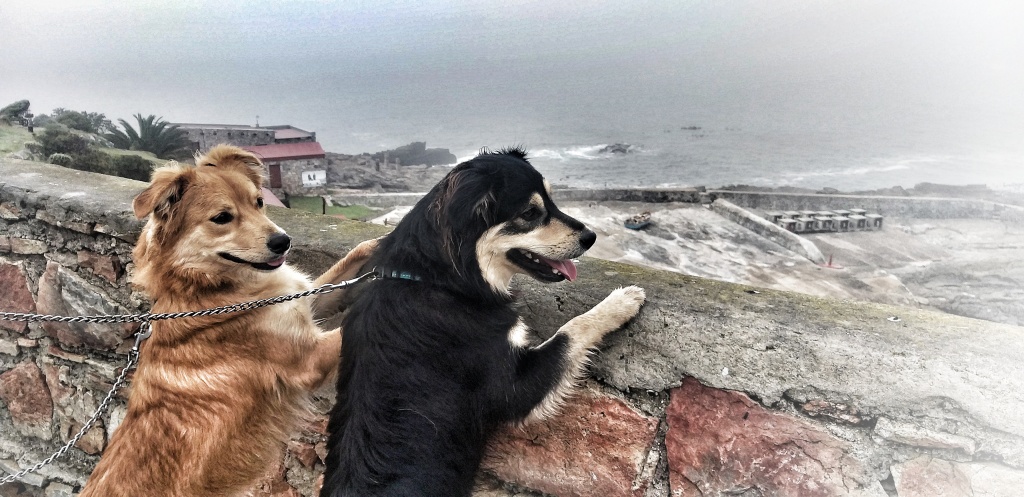
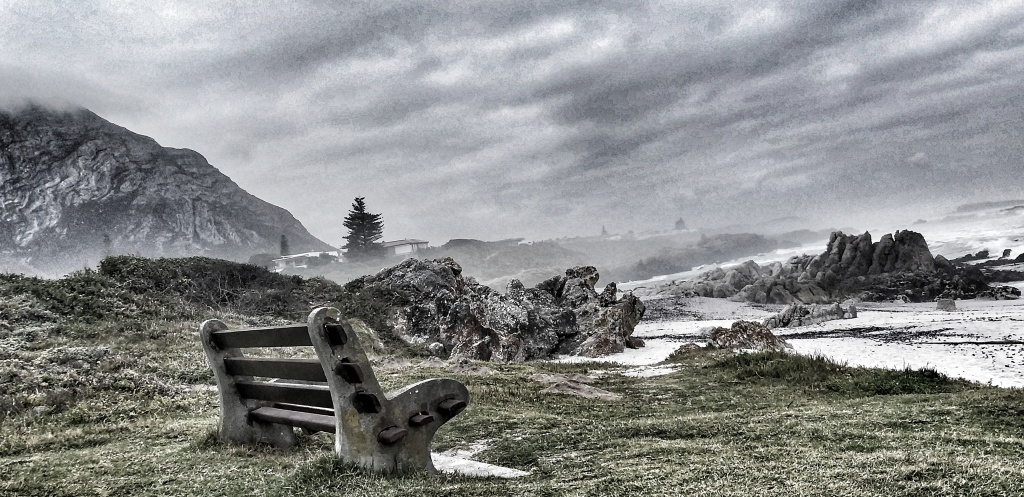

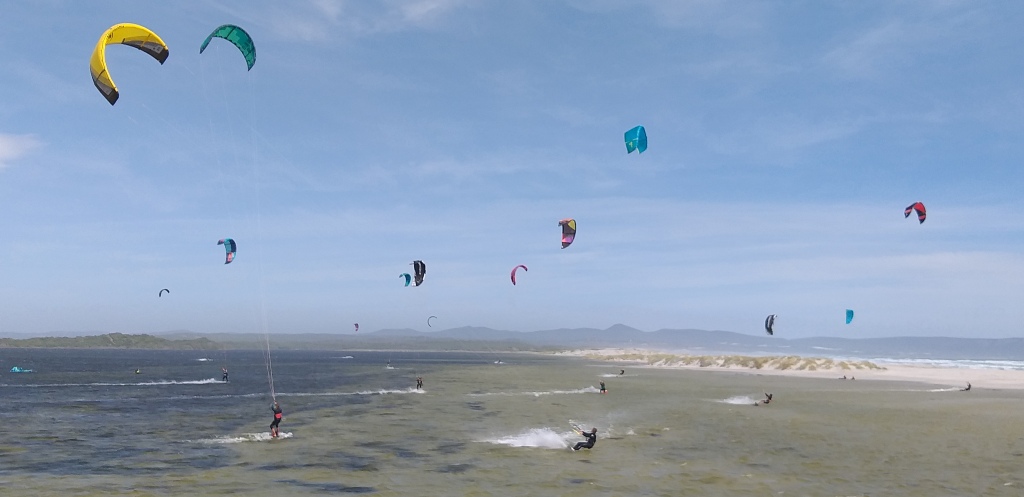
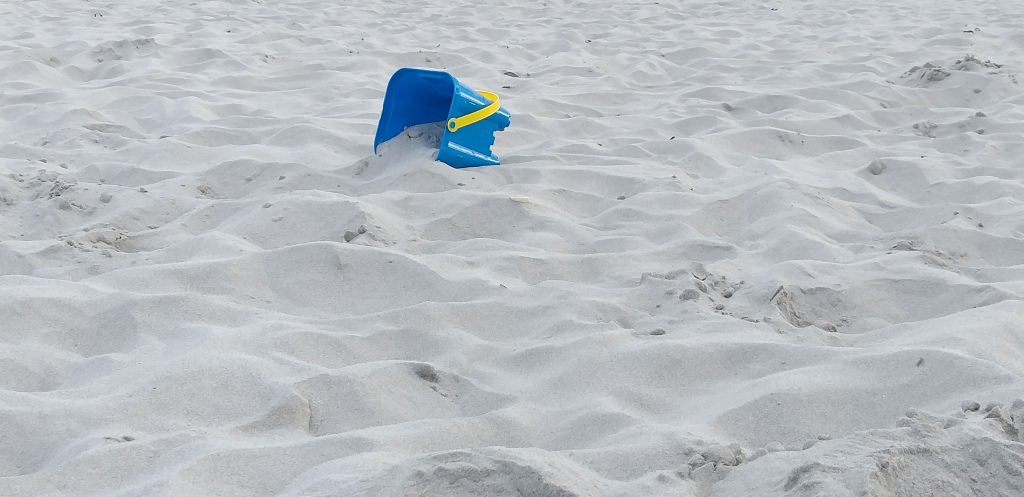
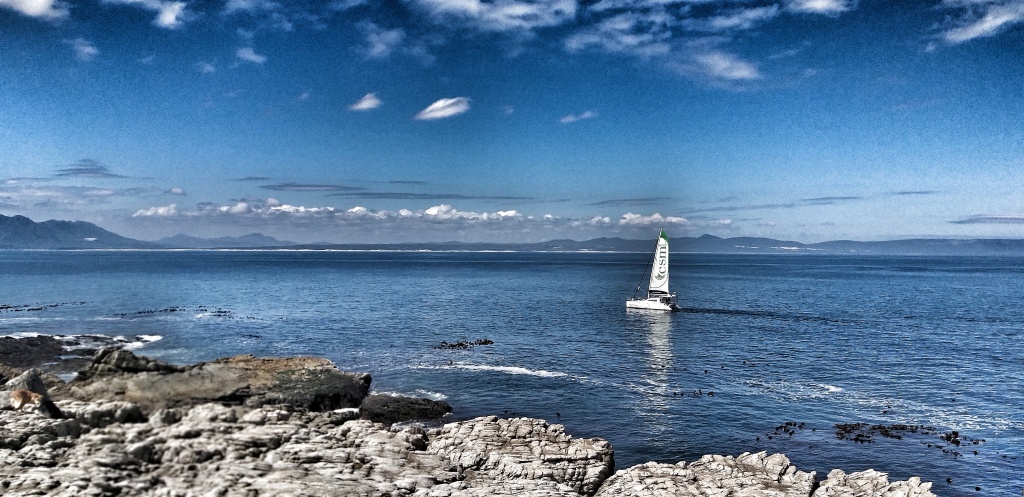
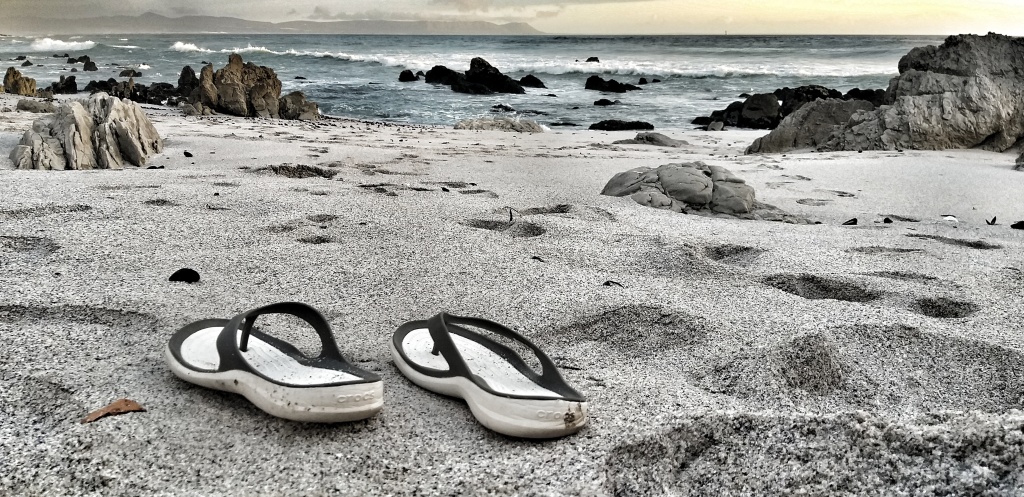


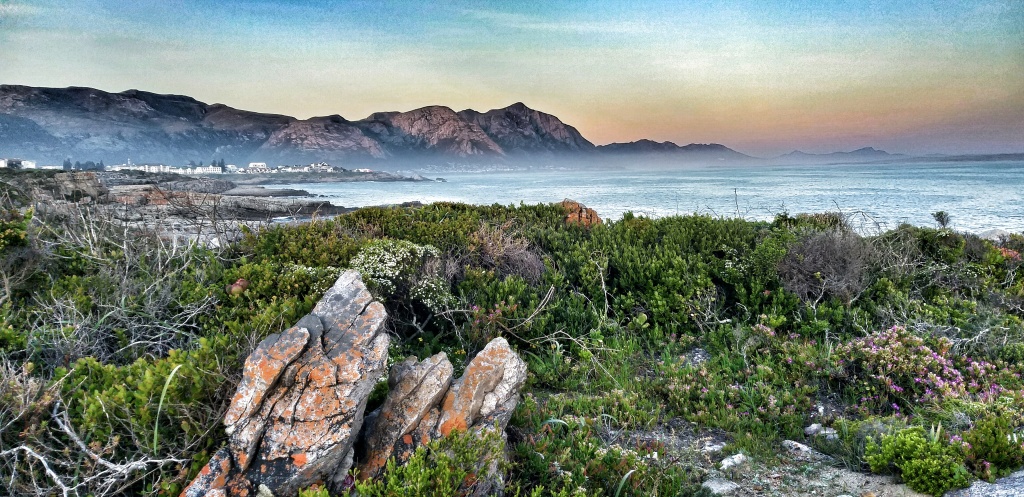
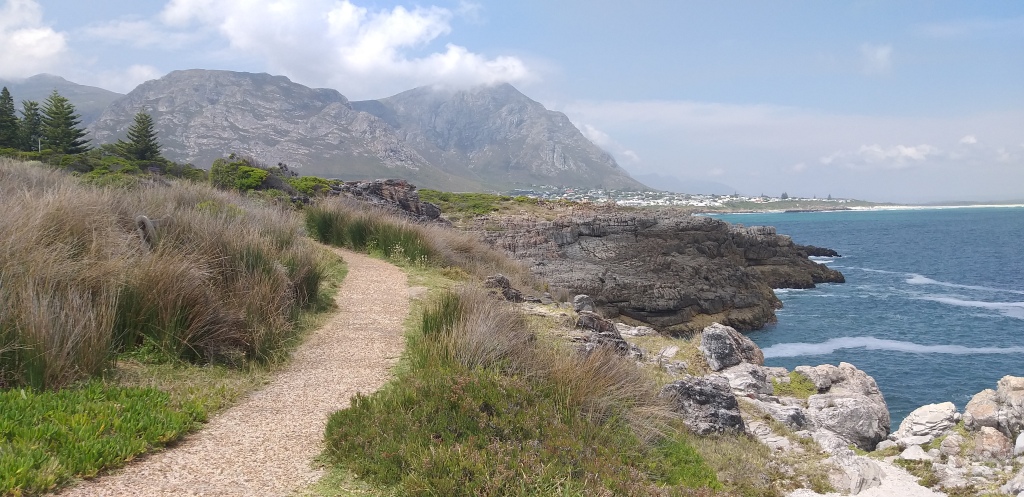
This article was researched and written and is frequently updated by the human owning this blog #writtenbyahuman
Welcome to the Hermanus for the new whale watching season.
You have chosen the perfect break-away for your holiday. We hope that you will have a fantastic time, making wonderful memories, and that you will be lured back to our little piece of paradise again and again – because no matter the occasion, the time of the year or the weather – it’s always a beautiful day in Hermanus and there are many reasons to return again and again!
We want you to enjoy your holiday, so please read these safety tips to help you have a safe, healthy and enjoyable holiday in and around our village. Also make sure to save some Hermanus Emergency Numbers on your phone, should you need them during your stay.
Please keep our town and ocean clean by using the bins provided for all your rubbish and refrain from using unnecessary plastics.
So, on to why you are visiting this page…
What to Do in Hermanus and the Overberg Area
In and around Hermanus
Accommodation
Find accommodation in Hermanus to fit your needs and then plan your holiday according to the information below. Make sure to come for long enough, because Hermanus and the Overberg have is plenty to do! You will need at least four days for an enjoyable (introductory) visit.
Eating Out
In 2019 Hermanus was designated a UNESCO Creative City of Gastronomy. Restaurants in Hermanus have exceptional food and those on the Waterfront have breathtaking views.
The children’s playground at the little open-air Amphitheatre on the Waterfront lawn offers opportunities for the whole family to enjoy breakfasting, lunching or dining here.
Wine
The wine farms of the Hemel-en-Aarde Valley is the hub of some of the best Pinot Noir the region has to offer.
There are fourteen farms between Hermanus and Caledon to visit for tastings, lunch, picnics and walks, with a Wine Hopper to assist you in not drinking and driving.
Beaches
Hermanus provides plenty opportunity for swimming, surfing, kite surfing (at the estuary at Grotto beach) and sunbathing on its large and small sandy beaches.
Also visit Voëlklip (great surfing), Langbaai, Kammabaai (great surfing), Kwaaiwater/Mosselrvier (picnicking) and Onrus (great surfing) beaches. Please just note that Onrus beach is still being rehabilitated after the storms and floods the region had late last year, but is open. The Onrus Caravan Park is also fully functional.
The Cliff Path
Starting at Grotto Beach, the cliff path snakes along the coast for 12,7 km, which makes it a fantastic walk, whether walking as a whole or just taking a short walks. It’s ideal for an early morning or early evening walk from almost wherever you stay in the village.
Benches are placed along the path for enough opportunities to rest. Take snacks and water along, as the sun can be scorching especially during the summer months. Always use sunblock on your walks and wear a hat.
Fernkloof
Hermanus has plenty opportunities for walking. The three dams nestled in the mountains are reachable from Fernkloof, where there are various trails to follow to explore the mountains. Please be careful on the paths, as there is still damaged from the recent floods.
Always walk in groups and do not take dogs on paths where they are not allowed, (because of possible baboon presence). This precaution is for your own safety.
Be vigilant when walking and rather walk in groups than alone.
The Hermanus Camino
Hermanus has its own Camino! So, if you have five days open and fancy a walk, register now for 2024.
The Rotary Way
The view from Rotary Way on the top of the mountain is spectacular and is a good starting point to orientate yourself with a ‘live map’ of the village underneath.
Do not feed the baboons if you encounter any there. If you experience any trouble with them, call the baboon hotline. Read tips on how to enjoy a safe and healthy holiday in Hermanus here.
Hermanus Golf Course
Hermanus is a proud host of a 27-hole golf course (different course options), with beautiful fynbos, restored wetlands and wildlife to appreciate. There is plenty to keep the rest of the family busy, while Dad spend a few guilt-free hours on the greens.
There are other golf courses in the vicinity as well.
Sports
The Hermanus Sports Club offers squash, tennis and table tennis. Make sure to book in advance. There is also a skateboard park and a gym. The newest addition to our sporting adventures, is the Hermanus Padel Courts.
Bicycles can be rented to explore the village and beach.
Kayaking between the old and new harbours can be enjoyed on good weather days.
Extreme sports are popular in the Overberg region and there are plenty of activities to choose from. A local not-to-miss sports event is the annual Walker Bay Outdoor, held at the end of April each year, where young and old can participate. Something to start planning for so long!
If you have your own set of Bocce/Petanque, you can make use of the court in Swallow Park to play.
Art
Hermanus brags with more than twenty art galleries in the CBD and a few more in the suburbs, as well as in Onrus.
Open-air art installations are placed at various points in town as part of Hermanus FynArts and can be admired throughout town at any time. Gearings Point is a good place to start. A weeklong annual FynArts event is held in June every year.
The First Fridays Art Walk was extended to an all around the year activity after lockdown, so make sure to plan your trip around a first weekend of the month, because on the first Sunday of the month the Art in the Park exhibition.
Our Famous Visitors
Scores of Southern Right Whales visit Hermanus’ shores between July and November every year, while a few shy local Bryde whales is also observed in the bay from time to time throughout the year.
Other wildlife to check out on and from the land, are the dassies (hyrax), dolphins and penguins, birds and seals.
Penguin sanctuaries can be visited in Kleinbaai and Betty’s Bay.
Markets
Apart from the permanent Old Harbour Market at Market Square in the CBD, there are markets at the Wine Village, High Street and Hermanus Country Market (09:00-14:00 at the cricket grounds) on Saturday mornings. During the festive season in December there are also night markets between 17:00 and 21:00. (Dates are published here during the season.)
The Hermanus NG Kerk (DR Church) has a Son en See Feesmark market from middle December to the beginning of January (dates are published here in season) in the Grobbelaar Hall in town, while St. Peter’s Church has a Saturday morning market in the church garden right through the year.
A Saturday morning drive to surrounding towns provide more market options.
Shopping in the CBD
The CBD offers lots of shopping opportunities with permanent shops during the year and pop-up shops during holidays.
In High Street, shops and buildings are newly renovated and upgraded and the street provides a beautiful and vibrant walk within the village, with little tea and coffee shops and restaurants lining the street.
Museums
There are a few museums to visit in town. The De Wet’s Huis Photo Museum next to Market Square showcases photos telling Hermanus’ history and in the Old Harbour, the whale museum houses bones and information regarding our large Walker Bay inhabitants.
Old Harbour
Apart from visiting the museum, the Old Harbour is ideal for fishing, snorkelling, diving and swimming in the small cove, with Bientang’s Cave Restaurant & Wine Bar offering a picturesque ocean view after the activities have left you hungry and thirsty.
The New Harbour
The New Harbour (read about its history) is situated at the end of Westcliff Drive. (Marine Drive becomes Westcliff Drive at the bend when you leave the CBD.)
It harbours (pun intended) three restaurants/bars, as well as the offices of whale boat watching and diving and fishing excursions.
The Station 17 National Sea Rescue Institute building keeps a watchful eye over the harbour.
A tour of the abalone facilities can be booked on weekdays to learn more about this delicacy.
Various companies offer fishing opportunities from The New Harbour.
There is also the option of taking a scheduled/chartered eco or sunset cruise on a 36’ sailing catamaran from the New Harbour.
Picnicking
Picnicking can be done in the gardens at Fernkloof, on the beaches and even on top of the mountain, while watching the sunset.
Most of the wine farms in the Hemel-en-Aarde Valley also have picnic opportunities.
Adventure Activities
The Hemel-en-Aarde Valley also hosts regular adventure activities such as a Zip line, weekly Saturday Park Run, quad biking, cycling and walking are fun day activities for individuals and families to do.
Short Day trips
Shark cage diving is something for the not-so-fainthearted and is done at Kleinbaai (Gansbaai).
A wonderful and informative place to visit is the Panthera Africa Big Cat Sanctuary near Stanford.
Stanford offers trips on various river boats for fun family/group activities.
A visit to the wineries near Stanford, can be combined with tastings/lunch at the cheese farms.
Go see the Klipgat Cave near De Kelders, go up in the lighthouse at Danger Point, visit the African Penguin and Seabird Sanctuary, do shark cage diving at Kleinbaai and/or have an encounter (swimming!) with crocodiles at Afrikanos (near Danger Point).
Drive a bit inland and visit Riviersonderend, Caledon, Genadendal, Greyton, Grabouw, Elgin, or Napier, Bredasdorp, Baardskeerdersbos and Elim. Other great options are Stellenbosch, Franschhoek, Montagu, Worcester and Matjiesfontein.
Go horse riding at Karwyderskraal or Pearly Beach and drive a bit further to visit the cave at Waenhuiskrans/Arniston (at low tide), and end your afternoon where the Atlantic and Indian oceans meet at L’Agullas (and visit Struisbaai harbour while you are there), before you head back for a night of fine dining back in Hermanus.
And on another day, go in the other direction and visit the Harold Porter Botanical Gardens in Betty’s Bay, or go sunbathing and swimming at other nearby beaches at Kleinmond, Betty’s Bay, Pringle Bay, Rooiels and Kogelbaai.
Longer Day Trips
With the long days during summer time, day trips to as far as Paternoster are perfect to experience a different place, but be back in Hermanus by dusk, because – let’s face it – once here, you don’t really want to be away for too long! Consider the following possibilities.
Driving to Cape Town via Clarence Drive through Gordon’s Bay to go up Table mountain. Or shoot past Cape Town to see Bloubergstrand and Melkbosstrand.
Sleep-over Trips Inland
If you absolutely, absolutely must leave Hermanus, take a drive inland and visit Matjiesfontein, Paternoster, L’Agulhas, Stilbaai, Mossel Bay and surroundings, George, Knysna for a night or two. And then come back.
Because, you will always want to come back.
© 2022 Fielies De Kock
Wife. Mom. Blogger. Content writer. Living in Hermanus in the Overberg, South Africa, with a crazy-haired husband and two dogs. Author of a children’s chapter book and a few short reads, and co-author of a writing prompts book with her content writer son, who also has crazy hair.

